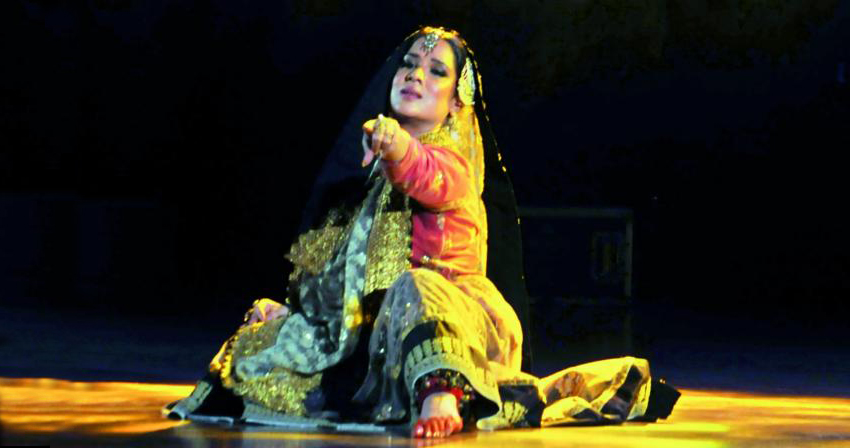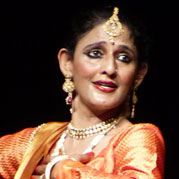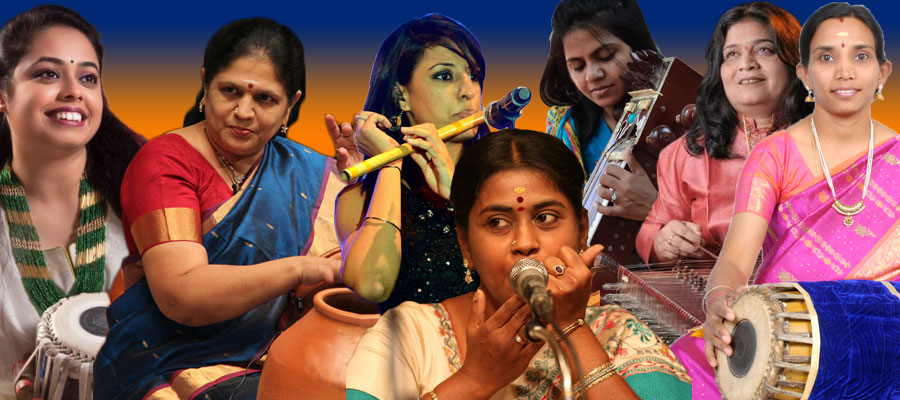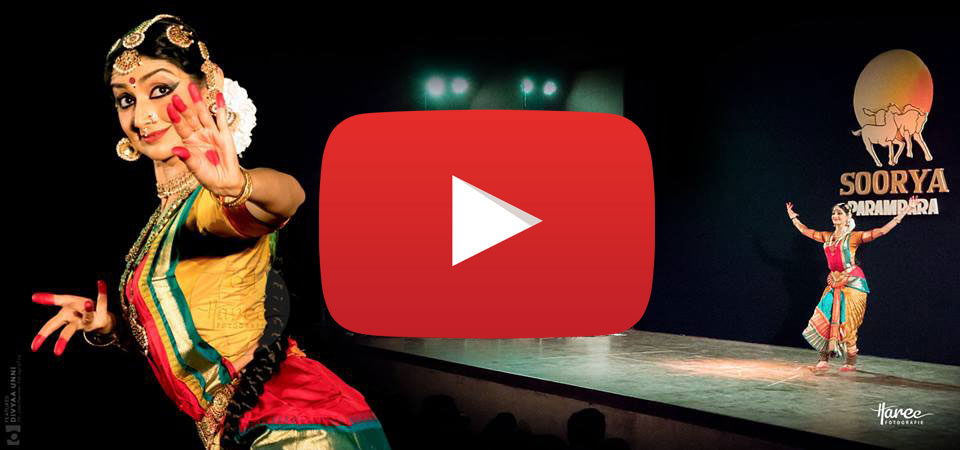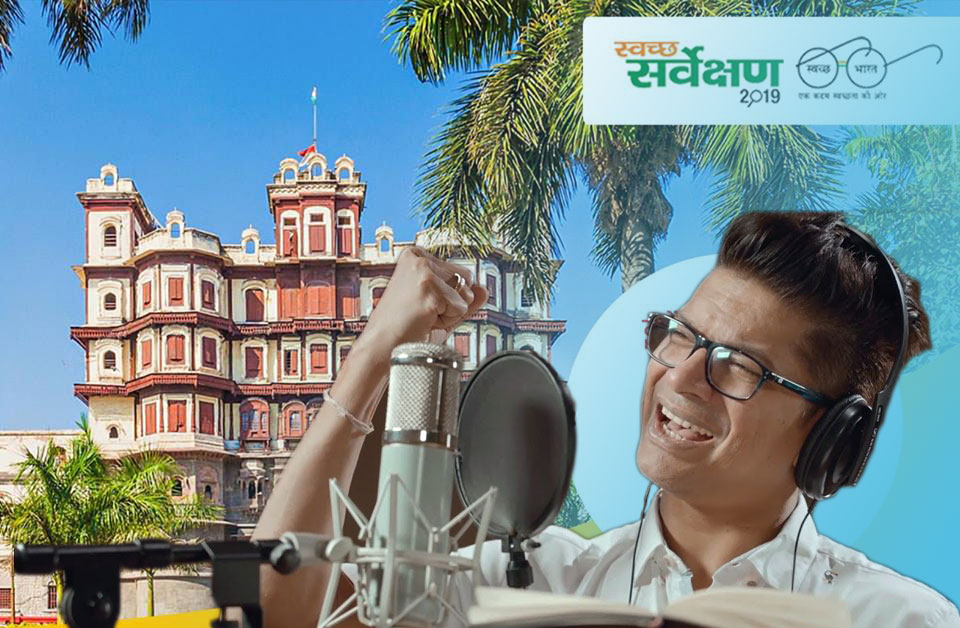Super-hit Bollywood films Anarkali, Pakheezah, Bhumika, Umrao Jaan or the South Indian film Sringaraam conjure a romantic vision of a set of women artists in the public domain but were stigmatized as mere prostitutes. Theirs is unaccounted in the creation of the idea of Nationalism, gender studies and the making of the category of Indian Classical Performing Arts. The argument is based on a decade-old study of the community of Taw’aifs in different North Indian Cities.
Known in the North by the generic name Taw’aif, in the South as Devadasis, and in Odisha, as Maharis one seldom comprehends their role in the discourse on Indian Nationalism. The colonial period saw Indians and not the Brits as patrons of performing arts. Grouped in intricate caste categories, the performing arts communities associated with dance and music were aligned with multiple classes of patrons who in turn were linked to a variety of performative spaces such as courts, temples, domestic spaces of elites and other community spaces; in turn, this calibration dictated the socio-economic status of the performing artist.
Making of the Classical Performing Arts
The creation of the classical and folk classifications of the performing arts is something which came into being only in the 20thc and was part of the Cultural Nationalism where the process of reclaiming the arts needed to be aligned and coordinated with the Western idea of high and low culture. The position of the arts as ‘low’ culture was largely measured by their association with the traditional women performing artists’ Devadasis, Maharis, and Tawaifs who formed the largest category of performers of these arts but who did not have the power to teach or transmit the skills.
Of the several measures taken to create some styles of music and dance as ‘classical’, the event module called the ‘All India Music Conferences’ became an important landmark. Organized in various parts of India these events were patronized by Princely India and powerful landed elites, they were dominated by men as patrons and performers, were more about music than about dance and combined debates, seminars, and performances.
Some other nuances in the creation of the classical category entailed codification of music and musical instruments, and with dance, it was the measure to bring the validation of its classicism with their association with ancient literature, sculptures, paintings, and other archaeological evidence. The process also led to the creation of institutions of learning where the transmission of the artistic skills was validated by employing gurus from traditional lineage. Students in these institutions comprised of men largely from traditional performing art backgrounds, and women who were from nontraditional middle-class. A deliberate effort made was to keep out in the entire process the discussed category of women as public performers.
Purity & Pollution
The idea of classical was about ‘respectability’ and ‘purity’. The rise of activities of Christian Missionaries especially that of the Evangelical played an important role in the development of the idea of social purity in 19thc. In 1813 the Missionary Clause passed by the British Parliament allowed the formal entry of such activities in India and brought incorporated the social purity movement which promoted that preoccupation with gambling, alcohol, sex, and the other vices as defined by the Christian churches led to a decay of the central nervous system. It was promoted both by the Christian missionaries as well as the social and religious reformers. In relation to the performing arts, it manifested itself as the Anti Nautch movement that later resulted in the Anti-Prostitution Act ensuring in legal terms the marginalization of these traditional women artist who by these standards were now perceived not as artists but as mere prostitutes and such was their disparagement that even their musicians were perceived as pollutants.
Interestingly, the subversion of the women manifested itself in other ways as well. Organized traditionally into matriarchal societies they were now forced to reposition themselves. Many married, chose to be housewives and transcended into patriarchal communities. While some others who after marriage continued to perform asserted their new social caste/class as a modality to be seen as the ‘respectable’ ‘classical’ artist as was the case of the renowned Begum Akhtar in the North. A major platform for visibility of some of these women became the films where they were presented as the first generation of successful actors. Ironically it was the films which were where their stigmatized pollutant world came to be celebrated as an exotic nostalgia and granted them a skewed sort of respectability.
[adrotate group=”9″]
In conclusion, the reclamation of the performing arts for Modern India ironically needed the Euro-Greek Centric Idea of the classification of the ‘Classical’ to be perceived as ‘clean’ ‘steeped in purity’ and the institutional idea of the ‘Academy’ (Sangeet Natak Akademi) to be accepted as an organized structured where the antiquated sacred legitimacy of traditional-ness was provided by employing the Male gurus and subverting the empowered traditional women artist. While some of the successful names who ‘made it’ in the Gramophone world as popular artists include Gauhar Jaan Calcatte wali, and Janaki Bai Chappan Churi Allahabadi (she was attacked by a knife and received 56 wounds by a rejected admirer). While in the world of Bollywood names like Jaddaan Bai of Banaras, Baba Madhubala and Naseem Banu of Delhi came to be success stories. Unfortunately, the marginalization process resulted in the loss of not only some extraordinary women artists, but also their accompanists many of whom just withered into oblivion but we did get a category of Classical Performing Arts legitimatized in the Nationalist discourse!



